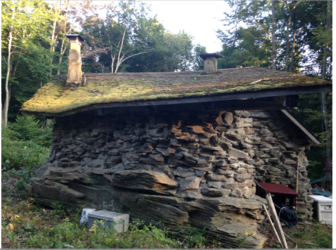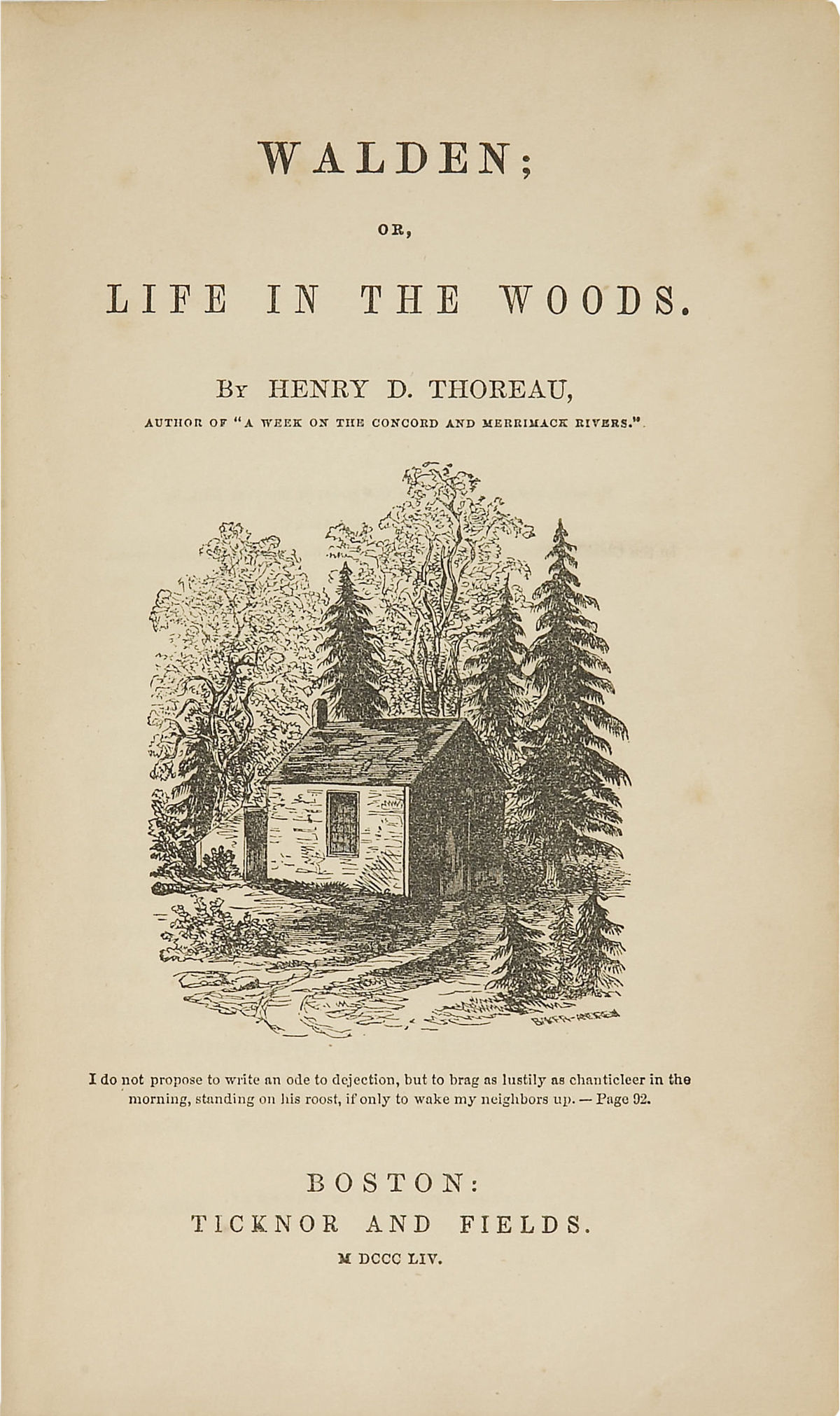I have an unusual one-room cabin (20x20x15) in the Catskills. It's built on an out-cropping rock, so it's virtually a stone cave. The sides are built up of field stone. Only the roof is wood. For the first time, I'm trying to use it in the wintertime. I will use a very small window near the roof for the flute (can't break through the rock!). The chimneys in the pic were covered up with the new roof. Will all this stone help or hurt my attempt to be warm in the winter? Do I need a certain kind/size of stove because of the stone floor and walls (there's no insulation--just the stone!).




 ) An old piece of rug on
) An old piece of rug on

